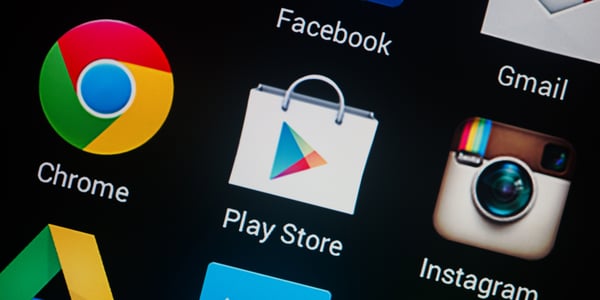
This week's review of ad fraud and quality in the digital advertising space.

Digital ad spend is on the rise — but so is ad fraud. Pixalate breaks down what this means for the industry, and what is being done to combat ad fraud challenges. Ads.txt is already helping, and app-ads.txt was recently released to limit fraudulent attacks within apps across both CTV/OTT and mobile. Learn more.

"Google has begun the mass removal of apps from a major Chinese Android developer following a BuzzFeed News investigation that revealed it was committing ad fraud and concealing app ownership details from users," reported BuzzFeed News. "As of [April 26, 2019], 46 apps from DO Global, which is partly owned by internet giant Baidu, are gone from the Play store."


eMarketer reports on the growing programmatic TV industry and reviews how automation works on both the local and national levels. “Decades-old TV systems that keep track of available ad inventory, order management and tracking and billing are now being overlaid with technological workarounds to facilitate automation,” eMarketer's Gerard Broussard is quoted as saying. “This transformation will enable more streamlined communication between systems and is expected to significantly speed up workflow.”

"Artificial intelligence (AI) and machine learning (ML) are, or soon will be, disrupting all businesses and industries in a profound manner," wrote InMobi's SPV of data sciences, Rajiv Bhat, in an op-ed on MarTech Advisor.
The post details how AI and ML can improve fraud prevention: "By analyzing data about previous frauds, such algorithms can help predict when new issues are likely to occur. This can also have a prescriptive component, which provides app publishers, advertisers and others with guidance on how to prevent likely issues from ever occurring in the first place."
*By entering your email address and clicking Subscribe, you are agreeing to our Terms of Use and Privacy Policy.
These Stories on Weekly Recaps
*By entering your email address and clicking Subscribe, you are agreeing to our Terms of Use and Privacy Policy.

Disclaimer: The content of this page reflects Pixalate’s opinions with respect to the factors that Pixalate believes can be useful to the digital media industry. Any proprietary data shared is grounded in Pixalate’s proprietary technology and analytics, which Pixalate is continuously evaluating and updating. Any references to outside sources should not be construed as endorsements. Pixalate’s opinions are just that - opinion, not facts or guarantees.
Per the MRC, “'Fraud' is not intended to represent fraud as defined in various laws, statutes and ordinances or as conventionally used in U.S. Court or other legal proceedings, but rather a custom definition strictly for advertising measurement purposes. Also per the MRC, “‘Invalid Traffic’ is defined generally as traffic that does not meet certain ad serving quality or completeness criteria, or otherwise does not represent legitimate ad traffic that should be included in measurement counts. Among the reasons why ad traffic may be deemed invalid is it is a result of non-human traffic (spiders, bots, etc.), or activity designed to produce fraudulent traffic.”

